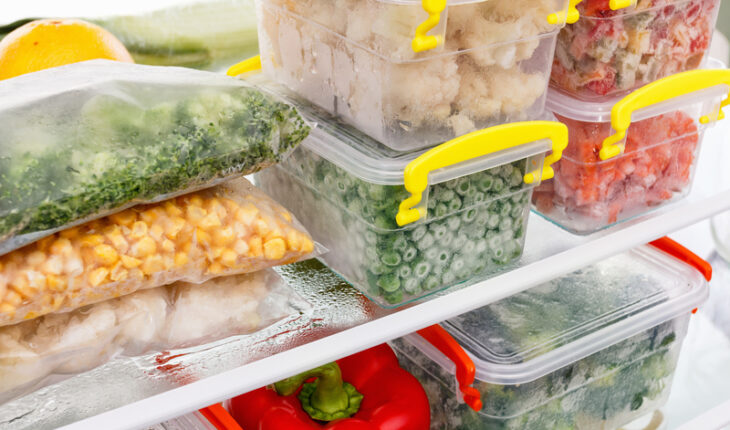Proper food storage is more than a matter of household organization; it’s a crucial aspect of health and safety. Despite the apparent simplicity, many aspects of human behavioral science intertwine with this everyday practice. From temperature monitoring to using appropriate containers, the seemingly mundane act of storing food can influence, and be influenced by, social behavior, culture, and health norms. Here are some key factors to consider for safe food storage at home.
Store at the Right Temperature
Storing food at the correct temperature is vital for its longevity and safety. Your refrigerator should maintain a temperature of 32 to 40 degrees Fahrenheit (0 to 4 degrees Celsius), while the freezer should be at 0 degrees Fahrenheit (-18 degrees Celsius) or lower. A deviation from these recommended ranges can create an environment conducive to bacterial growth, which may lead to foodborne illnesses. Using a refrigerator thermometer can help you ensure that your appliance is at the correct temperature. Moreover, always place raw meats on the bottom shelf to prevent cross-contamination, as any liquid drippings can contaminate other food items.
Use Proper Containers
The type of container used for food storage plays a significant role in how well the food maintains its quality. Glass containers with airtight lids are generally a better choice than plastic containers, as they are less porous and don’t absorb odors or stains. For pantry items like grains, spices, and cereals, opt for containers with screw-on lids that keep the contents sealed off from air and moisture. Not securing food properly in your pantry can cause food contamination from pests. Rats, mice, and insects are attracted to food items that are improperly stored. Their intrusion can not only spoil the food but also carry diseases, thereby making proper container use a matter of public health concern.
Pay Attention to Expiration Dates
While many people tend to disregard expiration dates, they are an essential factor in food safety. These dates are not arbitrary but are set by food safety experts based on how long a product maintains its best quality. Consuming food past its expiration date can expose you to bacterial contamination and toxins that may lead to health issues. In addition to manufacturer-set expiration dates, it’s also wise to note the date when perishable food items, such as deli meats or opened sauces, were first used. Many food items have a limited life span once opened, which may differ from the expiration date set by the manufacturer.
Safe food storage isn’t merely a practical concern; it reflects broader aspects of human behavior and social norms, from the scientific understanding of bacteria to the cultural practices around food preparation and consumption. While seemingly mundane, these practices have profound implications for individual and public health. Recognizing and implementing safe food storage methods are essential steps in fostering a healthier society.
Did You Enjoy Reading This Article? Here’s More For You to Read: The Worst Foods for Your Teeth That You Can Eat




